The first and most important financial move everyone should make, even before investing, is establishing an emergency fund. It’s not the unreachable goal it seems. Here are 10 creative ways to start an emergency fund.
10. Establish a Simple Budget
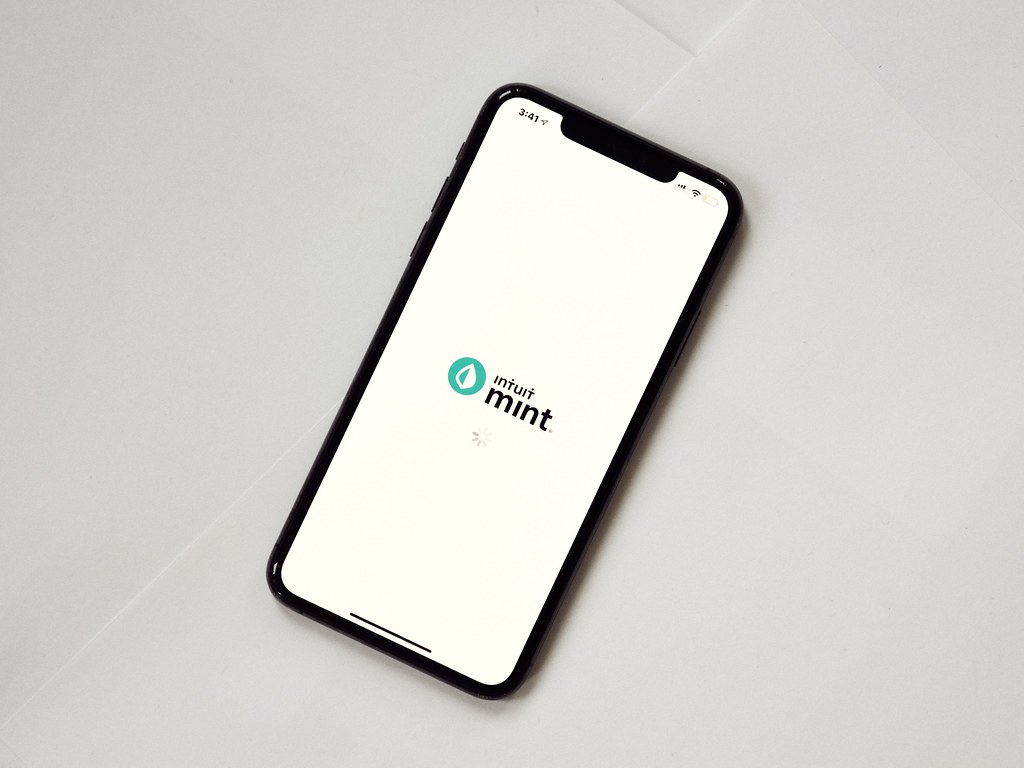
The very first step is tracking all your monthly expenses, not only bills but every penny you spend. There are free apps for that. Also identify expenses that may come periodically (i.e., 1-4 times per year) and divide them by 12 to establish their monthly cost. This is your true monthly expenses. Identify unnecessary expenses and reduce or eliminate them.
9. Negotiate or Reduce Bills
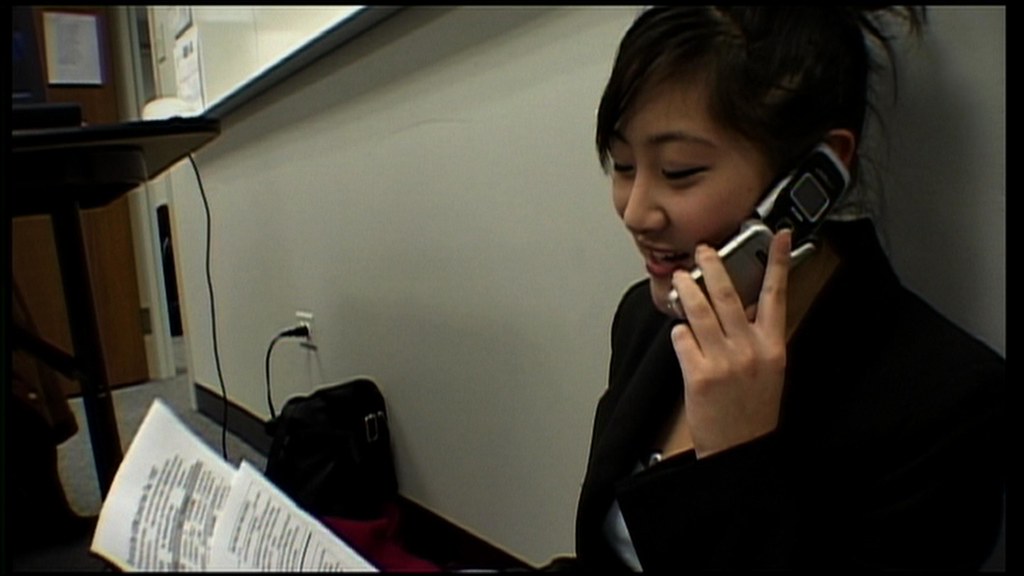
Reduce your monthly bills by negotiating with companies or inquiring about special deals they may have. This includes services like phone, Internet, cable, insurance, and more. If they can’t offer you or negotiate a better deal, consider switching providers. You can also negotiate medical bills. If you’re uninsured, some providers offer lower fees if you pay in cash in full.
8. Automate Savings

Ensure you are building up your emergency fund by automating the process. Set up an automatic transfer from your checking account into a savings account. Putting aside $300 per month will total $7,800 in 2 years. Also, shop for savings accounts paying the most interest so that your emergency fund will grow. Some credit unions pay better interest than banks.
7. Put Your Windfalls into Savings

There are times in life when a sudden windfall of cash comes your way. It might be your tax return, a bonus at work, or a refund on something you’ve paid for or purchased. Resist the temptation to spend that extra cash. Instead, deposit it into your emergency savings fund.
6. Give Yourself a “No-Spend Challenge”

Give yourself this challenge: You aren’t allowed to spend money on nonessential items for a designated timespan. Start with a week as a warm-up. Then go for one month. Next, challenge yourself for a year. Take that money you’re not spending and put it into your emergency fund savings. For inspiration, read The Year of Less by Cait Flanders.
5. Sell Your Unused Items

Most of us have items sitting around that we haven’t used in ages. Small things like clothes and collectibles. Perhaps even big things like gym equipment, sporting goods, or motorized vehicles. Have a garage sale, or list them on Craigslist or other online marketplaces. Take the proceeds and put them in your emergency savings fund.
4. Take on Extra Work
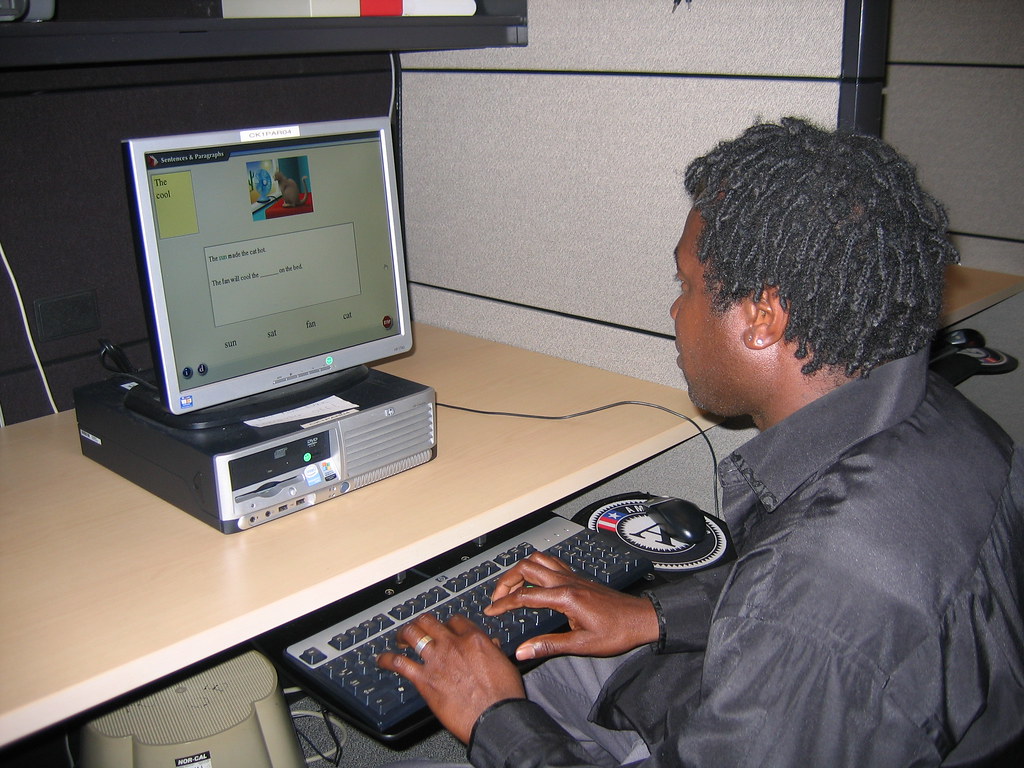
If you have the time and energy, the most direct and impactful way of putting more money into your emergency savings fund is to earn extra money. Whether it’s taking on a part-time job, a short-term project, or setting up a passive stream of income, they all result in extra money you can put into savings.
3. Digitally Round Up Your Purchases
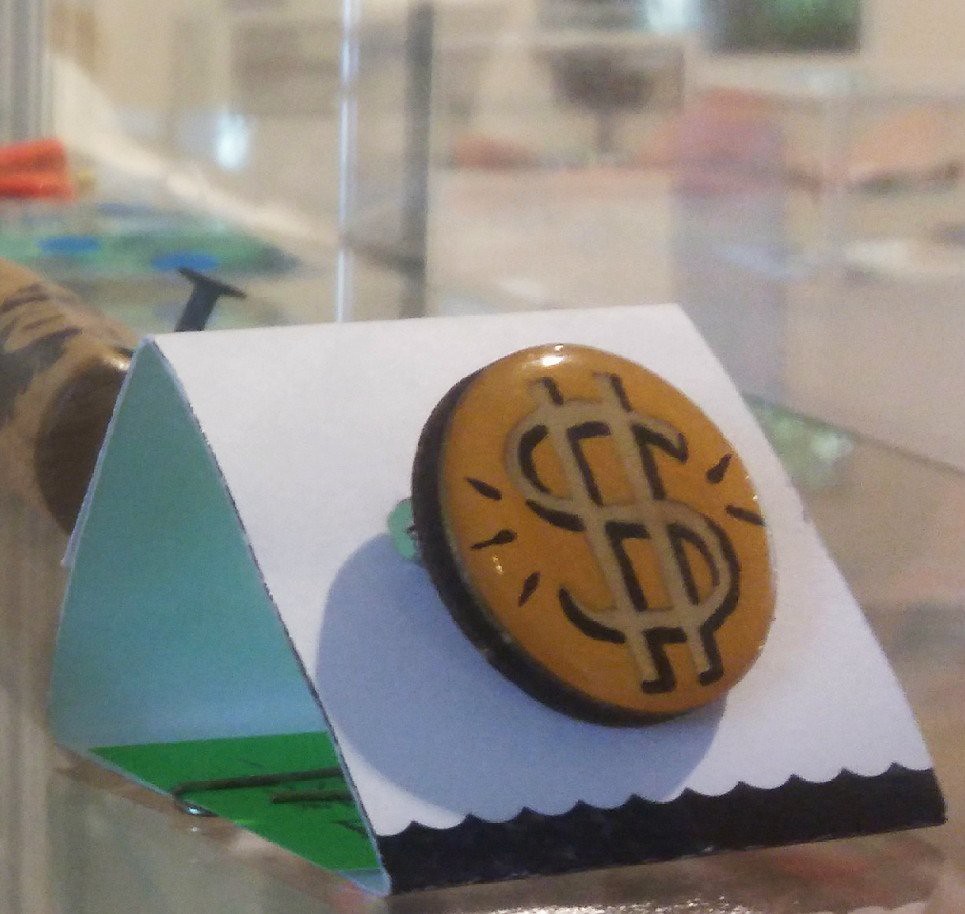
This is a micro-savings strategy that adds to your emergency savings fund in increments over time. There are designated apps that can help you digitally round up your purchases and deposit the extra cents into your savings fund. These small amounts are not likely to impact you in the present while strengthening your savings for the future.
Read More: Transitioning to Remote Work? Here’s How to Stay Productive
2. Strategically Use Cash-Back Rewards
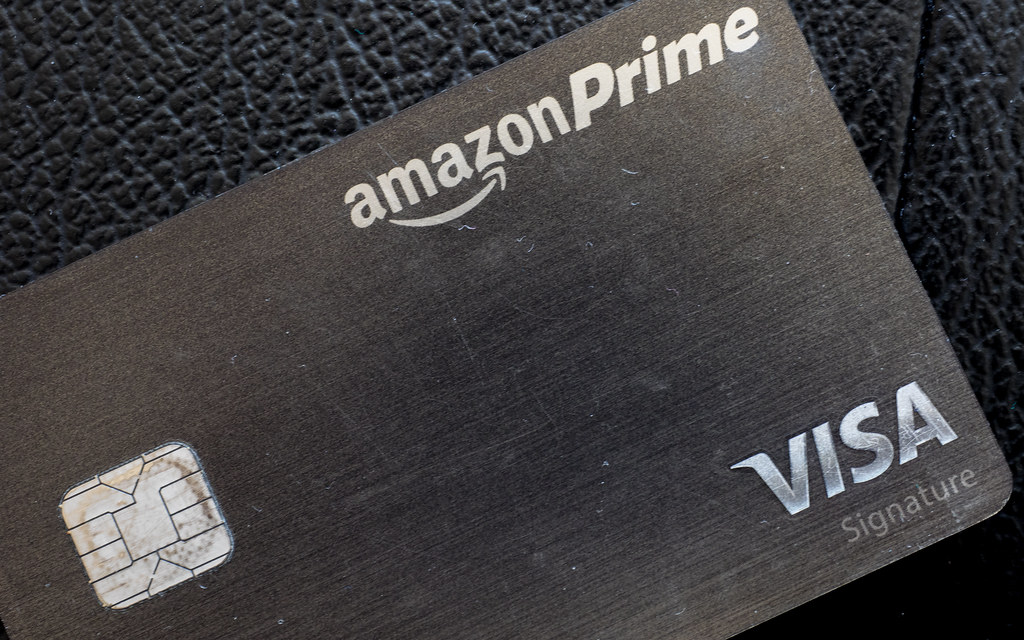
Rather than using your debit card on all of your purchases, use a credit card that gives you cash-back rewards. Just make sure to pay the balance in full at the end of the month so you don’t accumulate debt. Take the cash rewards from the card and transfer them into your emergency fund.
Read More: How Prepaid Credit Cards Protect Your Identity
1. Take on the 52-Week Savings Challenge
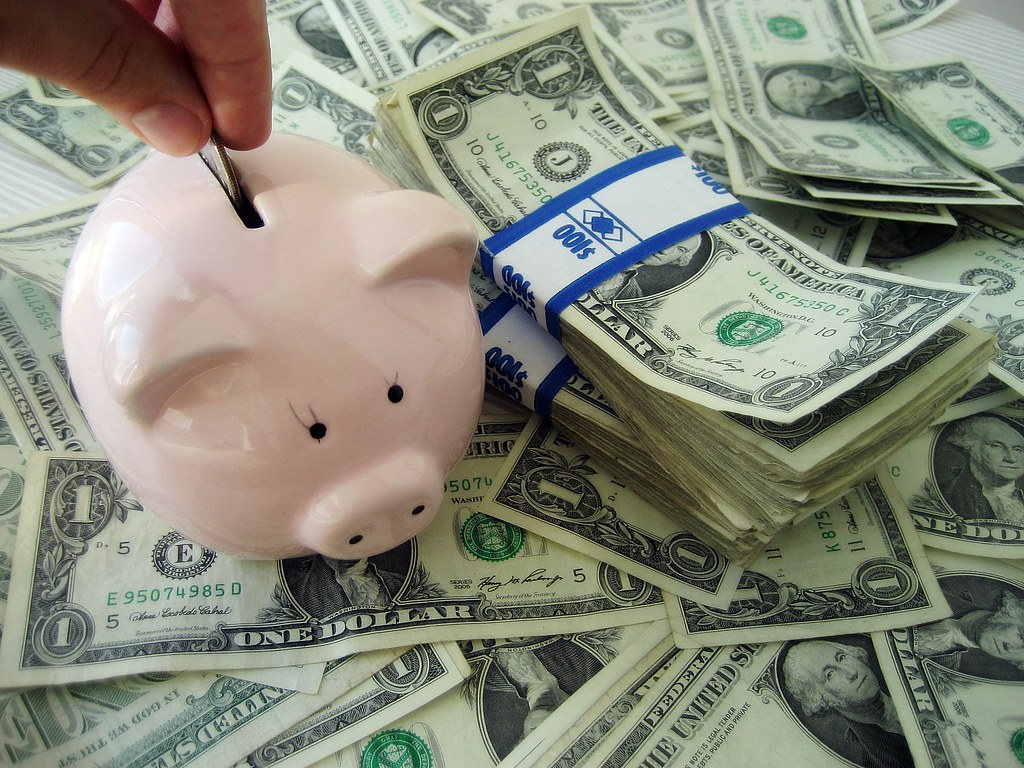
This challenge is simple to follow. The amount you put away matches the week of the challenge. In week one you save $1. In week two, $2, and so on. At the end of the 52 weeks, you’ve saved $1,378. You can also reverse it and start with $52 and decrease it by $1 each week.
Read More: 10 Things to Know Before Retiring to Florida







